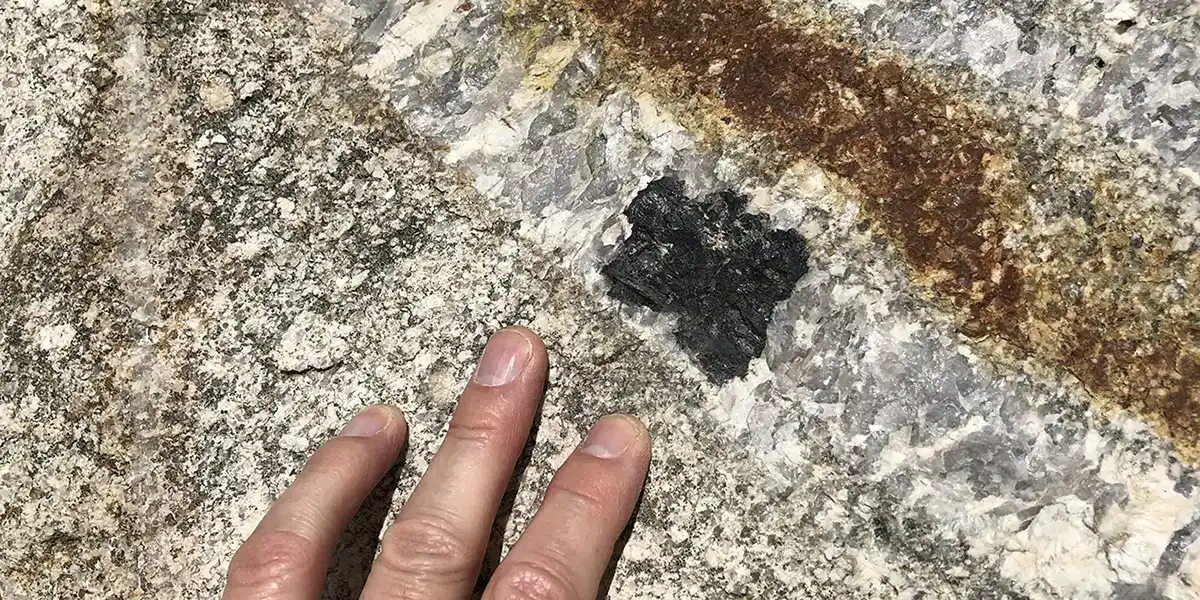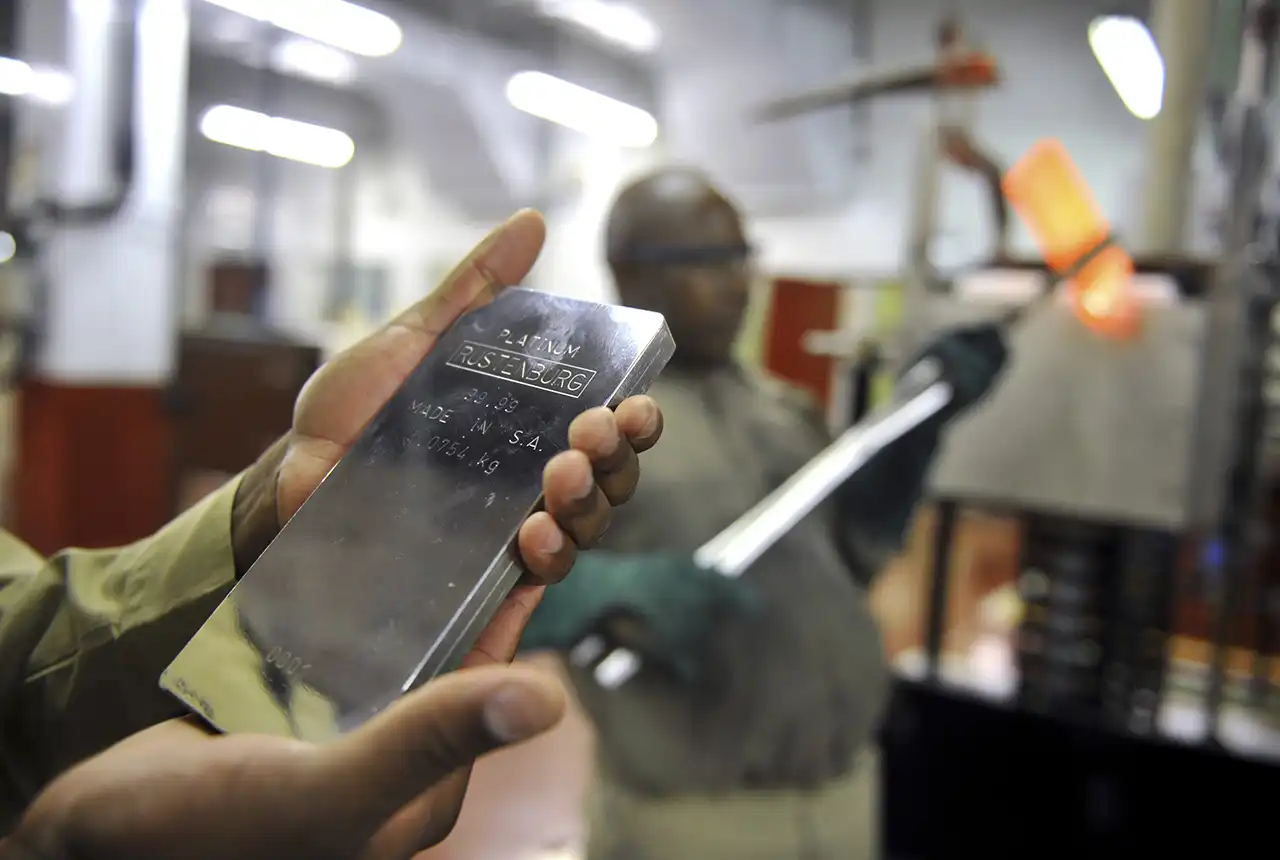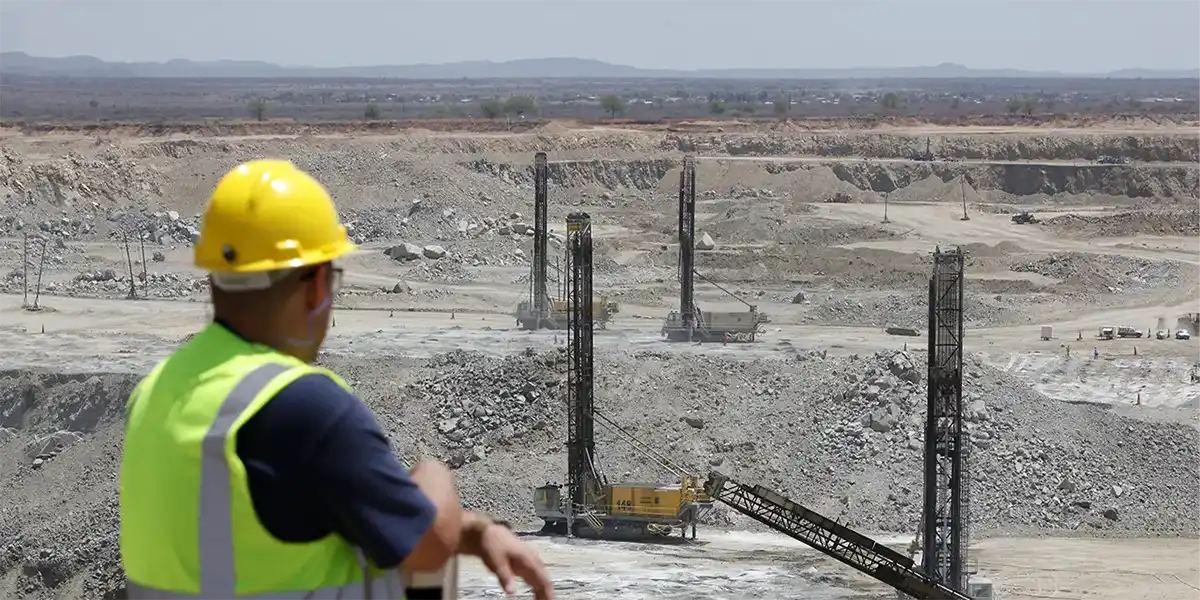Minerals and metals are fundamental to human existence. They are ubiquitous in the manufactured goods and supporting infrastructure we use and rely on every day. Minerals and metals perform a myriad of functions, including enabling the technologies needed to decarbonise the global economy such as low-carbon energy generation and zero-emission transport. However, humans use minerals and metals in vast quantities and their extraction and processing have profound environmental consequences, particularly in the emission of greenhouse gases. The Metals and Decarbonisation Science Briefing Paper summarises the current paradigm for global mineral and metal supply and demand and sets out some of the barriers and opportunities that this presents to the transition to a more sustainable, low-carbon economy.
Air pollution, climate change and energy security are the key drivers of the transformation currently underway towards a low-carbon future. Several countries have developed plans for the decarbonisation of power grids and the development of low-emission vehicles. For example, the UK Government has committed to abolish the sale of new conventional cars and vans by 2040, and for every car and van on the road to be a zero-emission vehicle by 2050.
Batteries and fuel cells are enabling technologies for low-emission vehicles and their adoption is forecast to grow exponentially in the coming years. Even though dependency on fossil fuels will be reduced, raw materials, in particular minerals and metals, will be needed in greater amounts for the manufacture of battery packs, fuel cells, electric vehicles and hydrogen-powered vehicles. Cobalt, lithium, graphite, nickel, manganese, platinum group metals, copper, rare earth elements and many more will be required to enable this transition. Many of these materials are considered critical and issues with supply vulnerability and disruption may arise if actions to monitor the physical economy and mitigate potential impacts are not taken in time.
The low-emissions vehicle transition is ambitious and requires a major shift in raw material use. The briefing note on raw materials for batteries in electric vehicles presents some of the key issues associated with the demand and supply of key commodities, such as cobalt, lithium and nickel, as well as a discussion of potential mitigation actions.
More information
- Mineral commodity profiles
- Commodity review on cobalt
- Critical raw materials
- Critical metals for low carbon technologies: can future supply be ensured?
- Latest world mineral production statistics
Global material flows of lithium
Lithium is a key element for decarbonisation technologies. The development of lithium-ion batteries (LIB) for electric vehicles and energy storage solutions relies on the increased production of lithium over the coming years. The ‘Global material flows of lithium for the lithium-ion and lithium iron phosphate battery markets’ report analyses the global lithium market (2018) using material flow analysis and provides an insight to the global flows of lithium from primary extraction to LIB use in four key sectors: automotive, energy and industrial use, electronics and other. A specific focus and quantification of lithium use in lithium iron phosphate (LFP) cathodes for LIB batteries is also given.
- Global material flows of lithium for the lithium-ion and lithium iron phosphate battery markets report
- Supplementary information that provides access to data used in the model development.
Graphite resources in Africa
The continent of Africa has significant graphite resources, which may provide an opportunity for many African countries to contribute to meeting increased demand whilst also supporting economic growth. Our 2021 report reviews known resources of graphite and engagement in the battery supply chain across key African countries. Many African countries (most notably Mozambique, Madagascar, Tanzania and Namibia) have graphite resources and some operating graphite mines; however, there is much less engagement in critical stages further along the supply chain, in particular processing to produce high-purity spherical graphite. There is clear potential for Africa’s graphite resources to make a greater economic contribution, but this should be placed in the context of the wider supply chain and environmental, social and governance issues.
Lithium resources in Africa
The continent of Africa has significant natural lithium resources, which may provide an opportunity for many African countries to contribute to meeting increased demand whilst also supporting economic growth. Our 2021 report reviews known resources of lithium and engagement in the battery supply chain across key African countries. Many African countries have lithium resources and the potential for lithium mines; however, there is much less engagement in critical stages further along the supply chain. There is clear potential for Africa’s lithium resources to make an important contribution to regional economies, but this needs to be placed in the context of wider supply chains and environmental, social and governance issues.
Global critical metal deposit maps
Global lithium mines, deposits and occurrences
Globally, lithium is extracted from two key sources: brines and minerals. Currently, lithium-bearing minerals such as spodumene and petalite are chiefly extracted from pegmatites in Australia, Zimbabwe and Brazil; however, future sources of lithium are likely to include hectorite and jadarite, which are found in some sedimentary basins.
Extraction of lithium from brines predominantly occurs from continental brine deposits, such as those found in Chile, Argentina and Bolivia. Extraction from oilfield and geothermal brines has been demonstrated and may become an important source of lithium in the future.
Global rare earth element (REE) mines, deposits and occurrences
The rare earth elements (REEs) are mined from hard-rock sources and from sources formed by weathering at the Earth’s surface. The main hard-rock sources are carbonatite and alkaline igneous rocks, in which REEs are found in a wide range of minerals, although currently they are only extracted from monazite, xenotime, fluorcarbonates and loparite.
Much research is being undertaken to expand the range of minerals from which we will be able to extract REEs in the future. The main weathered sources of REEs are ion adsorption clays, weathered carbonatites and mineral sands. China is the main global producer of REE ores and concentrates, but a number of other REE mines have opened in recent years.
Raw materials for decarbonisation profiles
- The potential for cobalt in the UK (May 2020)
- The potential for graphite in the UK (May 2020)
- The potential for lithium in the UK (May 2020)
- The potential for platinum-group metals and nickel in the UK (May 2020)
- The potential for rare earth elements in the UK (May 2020)
Raw materials for decarbonisation FAQs
UK Critical Minerals Intelligence Centre (CMIC) reports
Related information, data and reports are also available on the UK Critical Minerals Intelligence Centre (CMIC) project website.
You may also be interested in

Critical Metals Handbook
BGS book on critical metals in collaboration with Wiley and the American Geophysical Union.

Critical raw materials
Critical raw materials are those at risk of supply disruption and which are of economic importance to the country or entity posing the question.

